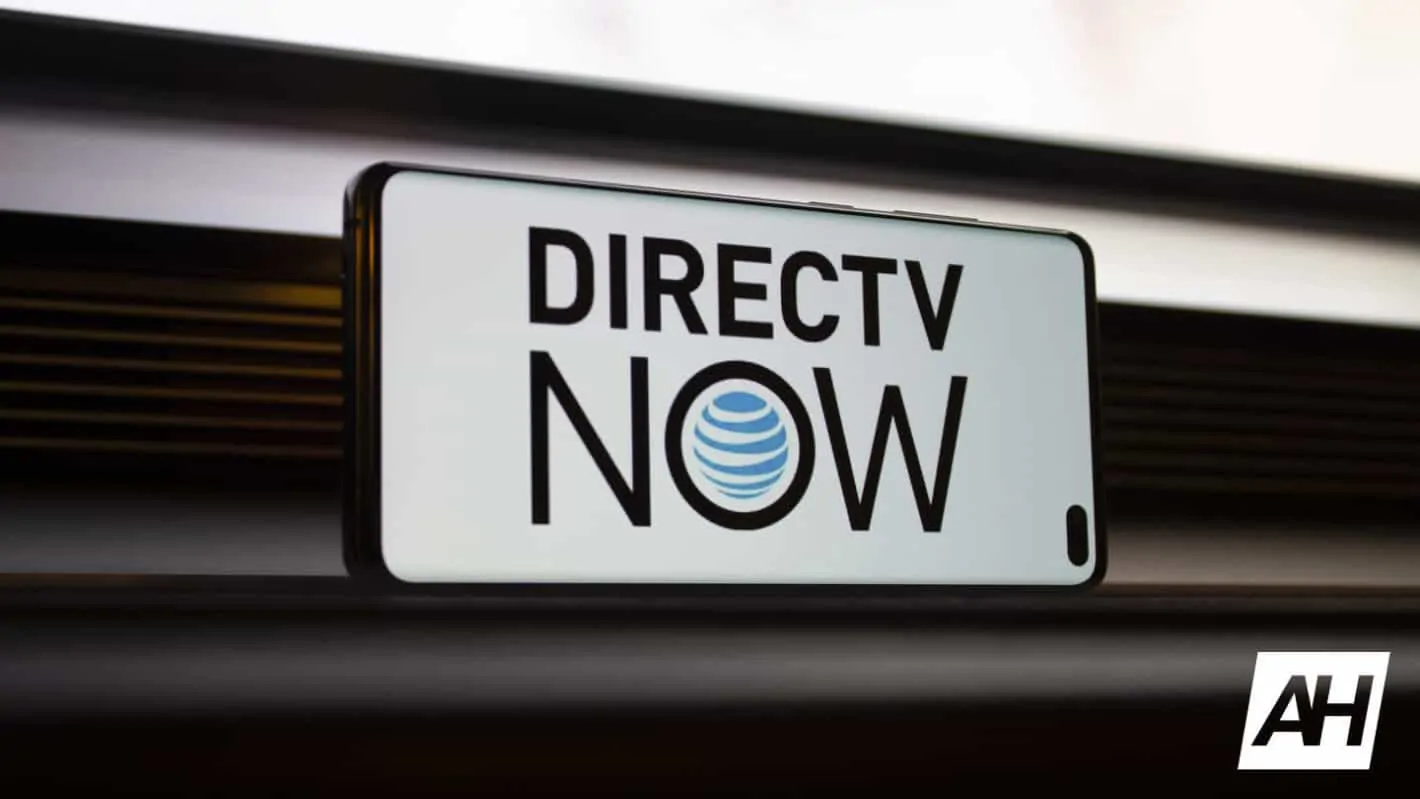AT&T seems to like to tell video consumers what they want. While this dictatorial approach may have worked in the past, it no longer gels so well with consumers.
As a result, it is high time AT&T started to take a deeper look at itself and how it approaches the market rather than attempting to lead the market in the direction that suits itself.
This is especially true when it comes to video.
This week AT&T announced its latest quarterly results and they were anything but good from the video perspective.
Its “TV freedom” solution DIRECTV NOW lost 83,000 subscribers in the last three months and this follows directly on from the 267,000 it lost in the three months before that.
Being 350,000 subscribers down in just six months is a real concern for a service that only had less than two million subscribers six months ago. It is a significant part of the overall subscriber base and that’s something AT&T would be wise to pay attention to.
Yes, the so-called “skinny” market has become more competitive lately but this is only one area the brand is seeing major declines in. DIRECTV (the non-NOW, more traditional solution) saw more than half a million subscribers gone in the same quarter.
AT&T is seeing massive declines at both the linear and skinny levels.
Again, other companies are also seeing losses at these levels too, but that’s the point. Those who continue to dictate to the market instead of adapting will continue to see declines while others will happily pick up those customers.
Hulu and YouTube TV in particular have been noted doing extremely well in the last twelve months. Earlier than that, neither of these really registered on the live TV radar, but due to a combination of low-pricing and added value through additional features, the two services have started to really pick up the steam and are now serious contenders going forward.
Hulu in particular has found itself rising up the ranks with its + Live TV option and is now only second to Sling TV – who like DIRECTV NOW was one of the leading lights when this genre of TV access started to emerge.
That point is worth noting as Sling TV works as a great comparison in this sense. Both Sling TV and DIRECTV NOW found great success early on and while both have started to see their growth momentum slow down (a natural result of the increased competition by new players), Sling TV is not seeing the losses DIRECTV NOW is.
In fact, although Sling TV has not announced its Q1 figures yet, it didn’t see any subscriber loss in Q4, 2018 when DIRECTV NOW saw its worst loss. In contrast, Sling TV grew. It may have been minimal growth, but it is still in the right direction.
The takeaway point here is DIRECTV NOW (and AT&T’s) problem is not a linear TV problem, or even a cord-cutting problem. It’s a DIRECTV NOW and AT&T problem at heart.
Sling TV offers less channels, but charges less. Likewise, it seems to be always on the lookout for how it can give its customers more features – more value.
Focusing on features is another mainstay of YouTube TV. Google’s service did also recently up its price (to the same entry point as DIRECTV NOW), but unlike AT&T’s decision-making, Google made sure it added channels when announcing the price increase. Consumers were told they will have to pay more, but at the same time they will told they are getting more in return.
Hulu with Live TV has a similar approach as it looks to be as affordable as possible and also bundles in a wealth of content by giving subscribers access to its on-demand ‘standard Hulu’ content.
Yes, AT&T recently tried this by bundling in HBO with its DIRECTV NOW plans but at the same time it upped the price of its plans, and removed existing third-party channels that it no longer wanted to pay for.
AT&T did not simply add HBO for free (like Hulu did with its content). Nor did AT&T just offset the costs of having to bundle HBO into its packages, but instead created a package where it benefits the most by paying less and charging more. Then, AT&T blatantly tried to sell this lesser-value package to the public as a “quality-driven” solution as if the consumers should thank AT&T for this.
It did this because AT&T feels like it can. It doesn’t matter to AT&T that consumers want lower prices, it doesn’t matter that they might not want such a heavy focus on AT&T channels, it doesn’t even matter if they opt to leave for another service. All of the decisions AT&T has made with video have been to benefit AT&T and that’s it.
In spite of the “cares” handle it so often uses on social media, it doesn’t actually care about anything other than paying down the debt it has incurred – in part due to the acquisition of Time Warner which was also sold to the public as a ‘good for the consumer’ move.
It evidently wasn’t, however, as since then AT&T has reportedly used aspects like HBO as leverage with third-party services and as a way to trap people into sticking with AT&T services – whether they be video or mobile.
Back when the Time Warner deal was reaching completion, Sling TV was DIRECTV NOW’s main competition.
Once the Time Warner deal was complete, HBO access was no longer available through Sling TV or DISH TV for that matter.
Both made it clear that they couldn’t agree terms, although Dish Network took the release of information to the next level by stating AT&T was trying to force Dish to pay unreasonable amounts for access to HBO so AT&T could offset the costs of providing HBO to its own customers at a discounted rate. In some cases, free.
In other words, the suggestion was AT&T wanted to charge Dish more for Dish to sell an AT&T service. Think about that. This wasn’t a matter of Dish paying more to provide free access to HBO (like AT&T does), but the right to sell the service on behalf of AT&T.
Another example of AT&T’s “what can they do” approach to customers and third-party services, alike.
What strangely AT&T still does not realize is jut how quickly and how much the market is changing. Almost all major players now offer their own homegrown content and so what AT&T owns is no longer the only choice. Yes, its next quarterly results will see a spike in growth thanks to HBO and the launch of the final season of Game of Thrones, but this will only be a spike. Many consumers will cancel their HBO subscription once Game of Thrones ends.
Furthermore, choice is one of the most important aspects the market now offers and appreciating this point is important as far too often the discussion of “cord cutting” comes down to price alone.
Yes, skinny bundles are rising in price across the board but price rises no longer require you to stay with a service. Instead, they are now optional thanks to the many choices now available. Having that increased level of choice is even more important for some consumers than others.
Take a moment to appreciate those consumers in locations that without internet-enabled live TV wouldn’t have a choice on how they get access – or how much it costs. Those same choice-less customers now have the option of choosing exactly what they pay by opting for a solution that fits in with their budget.
The live TV market is no longer a place where companies like AT&T can effectively dictate the direction to best cater to their own needs. Cord cutting is creating a viewer-focused landscape and until the major players like AT&T realize their way is no longer the only way, they will continue to see subscriber losses.
The internet-enabled live TV market is no longer one that’s dictated by the few, but one that’s actually dictated by choice.
The sooner AT&T realizes this the sooner it can start to focus its video products on being customer-driven. The sooner it can utilize its assets to best serve the customers and not itself. The sooner it will start to see a reversal in subscriber decline.

